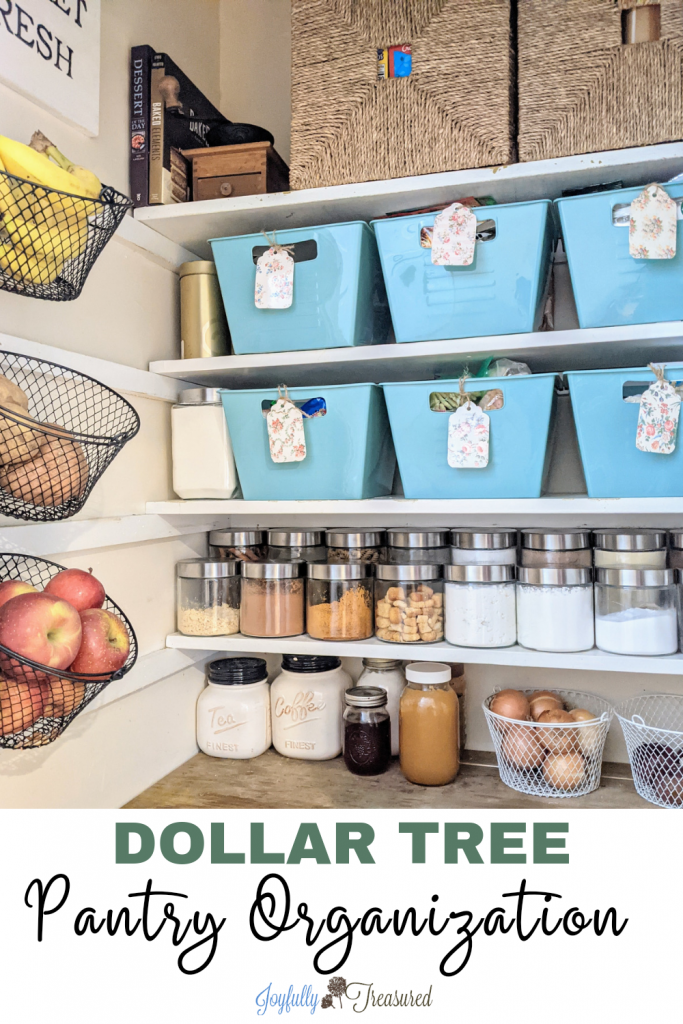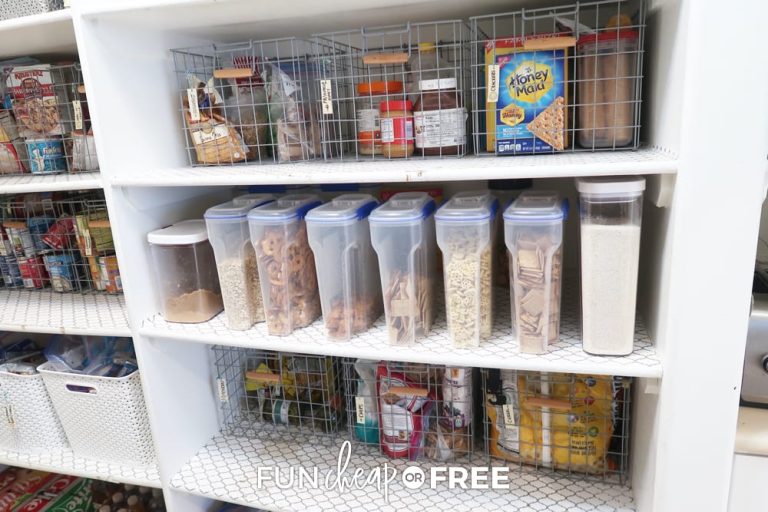Imagine opening your pantry and finding everything perfectly in place, easy to access, and beautifully organized. Sounds dreamy, right?
But what if you think achieving this dream costs a fortune? The truth is, you can have a neat and tidy pantry without breaking the bank. You don’t need expensive organizers or professional help to create a functional space. In fact, with a few clever tips, you can transform your pantry into a haven of orderliness on a budget.
This article is packed with smart strategies that will not only help you maximize every inch of your pantry but also keep your wallet happy. By the end, you’ll be equipped with practical methods to make your pantry a pleasure to use every day. So, if you’re ready to discover how a few simple changes can make a big difference, read on and let’s tackle that pantry clutter together!
Assessing Pantry Needs
Start with an inventory check in your pantry. Look at everything you have. Make a list of all items. This helps to avoid buying extra. Keep similar items together. For example, group cans with other cans. This makes it easy to find things.
Identify what is essential for your meals. These are the must-have items. Think of basics like rice, pasta, and beans. These foods are used often. Write them down on your list. It helps to know what is important. Save money by buying only what you need.

Credit: joyfullytreasured.com
Space Optimization
Vertical space can be a treasure in small pantries. Shelves or hooks on walls help a lot. Use stackable containers to store more items. Place taller items at the back. Smaller items go at the front. This way, you see everything easily.
Try using baskets or bins for small items. Label them for easy finding. Recycle jars or boxes for storage. It saves money. Keep items you use often at eye level. Store rarely used things higher or lower. Use clear containers for easy visibility.
Budget-friendly Containers
Old jars are great for storing dry foods. They keep things fresh. Plastic bottles can hold grains and lentils. Egg cartons work well for small snacks. Try using shoe boxes for canned goods. They stack neatly. Mason jars can store spices. They are clear and easy to label. Use ice cube trays for small candies. They fit perfectly.
Dollar stores have many cheap containers. Look for clear plastic bins. They help you see what’s inside. Glass jars are often sold in sets. They keep food fresh longer. Stackable boxes save space. They are perfect for small pantries. Use baskets for potatoes and onions. They are breathable and prevent rot. Check thrift stores for vintage tins. They add charm to your pantry.
Labeling Systems
Crafting your own labels can be fun. Use old paper and markers for a unique look. You could also cut out shapes from colored paper. Stick them on jars with glue. Old magazines are useful too. Cut out letters and glue them on. For a neat touch, use chalkboard paint. Paint a small spot on jars. Write with chalk. Easy to change if needed. Reuse glass jars and attach labels with rubber bands. This way, labels stay secure and don’t get lost.
Clear labels help find things fast. You won’t waste time searching. Kids can also help with ease. They see names on jars and know what’s inside. Clear labeling makes your pantry look tidy. Everything has a place. Labeling prevents mix-ups. You won’t put sugar in soup by mistake. Neat labels can also help with grocery shopping. You will know what you need to buy. Labels make it easy to spot expired items. Throw them out to keep food safe.
Categorizing Food Items
Organize pantry items by putting similar products together. Cans with cans. Boxes with boxes. This method makes finding things faster. Label each group clearly. Use simple labels like “Canned Goods” or “Snacks.” It helps you remember what’s inside. Save time during busy cooking moments.
Divide your pantry into zones. Place snacks in one area. Put breakfast items in another. Arrange zones by frequency of use. Place daily items at the front. Keep rarely used items at the back. Easy access means less mess. Finding things quickly is now simple. Enjoy a neat and tidy pantry.

Credit: centralmassandmore.com
Regular Maintenance
Set a monthly reminder to check your pantry. Look for expired items. Throw them away. Make sure to rotate food. Put new items at the back. Keep older items at the front. This helps in using them first. Check the condition of cans and boxes. Replace damaged ones quickly. Keep an eye on the stock levels. Avoid overbuying to save money.
Spend just 10 minutes each week. Clear crumbs and spills immediately. Use a damp cloth to wipe shelves. Put things back in their right place. Ensure labels face forward. It makes it easier to see. Use a small basket for loose items. Keep things tidy. This simple task makes a big difference.
Smart Shopping Strategies
Create a list before buying. It helps avoid buying extra things. Focus on items you use often. Rice, beans, and pasta are great staples. Check what is missing from your pantry. Write down only those things. Stick to the list when shopping. It saves time and money. Take a notepad or phone to track items.
Buying in bulk can save money. Large packs of flour, sugar, and cereal are often cheaper. Share with friends to split costs. Store bulk items in airtight containers. Keeps them fresh longer. Look for deals on bulk items. Use coupons when possible. This reduces grocery bills.

Credit: www.kindlyunspoken.com
Frequently Asked Questions
How Can I Organize My Pantry Cheaply?
Use clear containers and labels for easy access. Utilize dollar store baskets for grouping items. Install shelf risers for extra space. Hang hooks for lightweight items. Regularly declutter to keep it tidy.
In What Order Should A Pantry Be Organized?
Organize your pantry by grouping similar items together. Place frequently used items at eye level. Store heavier items on lower shelves. Arrange canned goods by type and label containers. Use clear bins for easy visibility. Keep snacks and essentials within easy reach for quick access.
What Are The 7 Pantry Zones?
Pantry zones include baking supplies, canned goods, dry goods, snacks, breakfast items, beverages, and condiments. Organize each zone efficiently for easy access and optimal storage. Label shelves to simplify navigation and ensure everything is visible and accessible. Rotate items regularly to maintain freshness and prevent clutter.
How Does Marie Kondo Organize Pantry?
Marie Kondo organizes pantries using clear containers and labels, ensuring items are visible and accessible. She categorizes similar items together, maintains tidy shelves, and removes unnecessary clutter. Her method encourages joy and efficiency in every organized space, promoting a harmonious and functional pantry environment.
Conclusion
Organizing your pantry on a budget is achievable. Start with a plan. Use simple containers for storage. Label everything clearly. This helps find items easily. Repurpose jars and baskets you already own. They work well. Shop smart for sales and discounts.
This keeps costs low. Group similar items together. It saves space and time. Regularly check your pantry for expired goods. Keep it tidy and neat. A well-organized pantry makes cooking stress-free. Plus, it encourages healthy eating habits. Enjoy your neat and budget-friendly pantry space!


